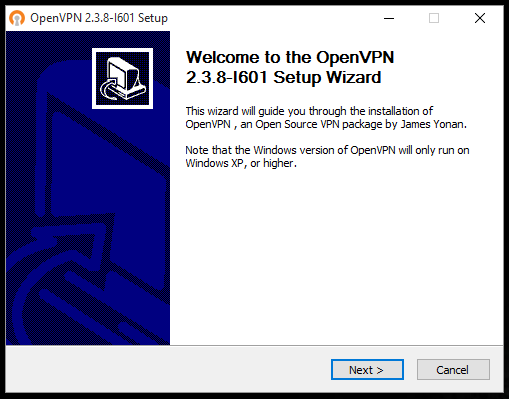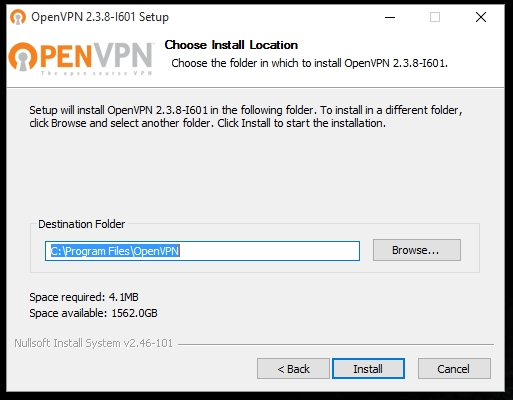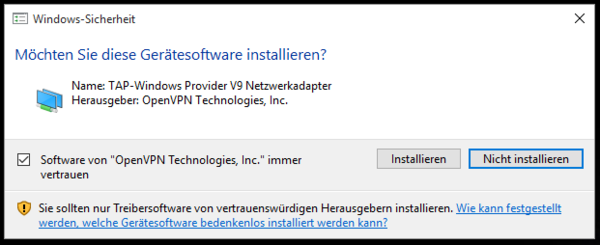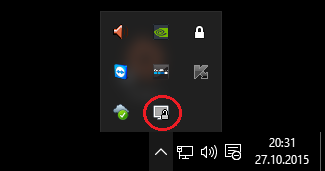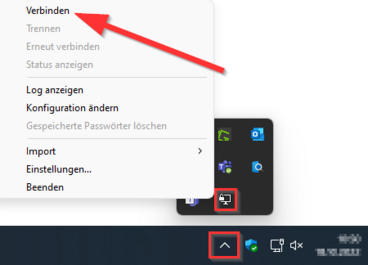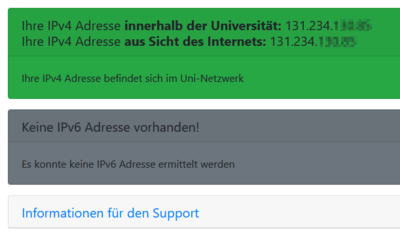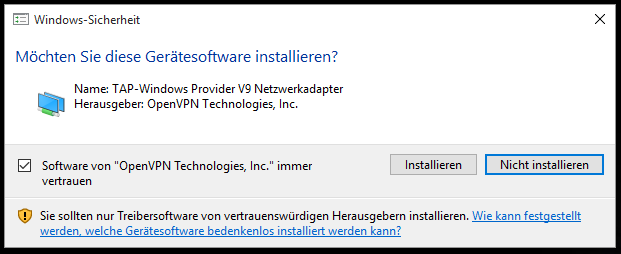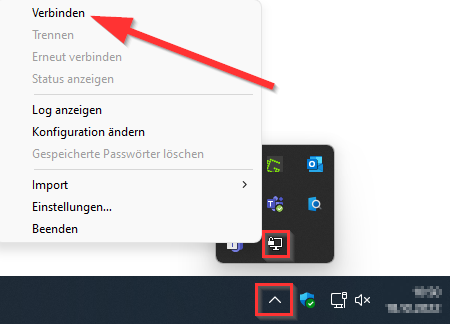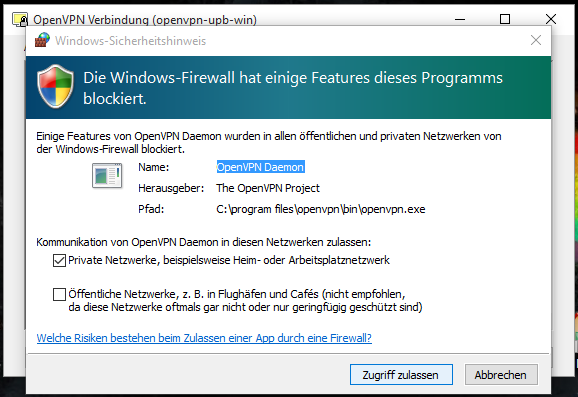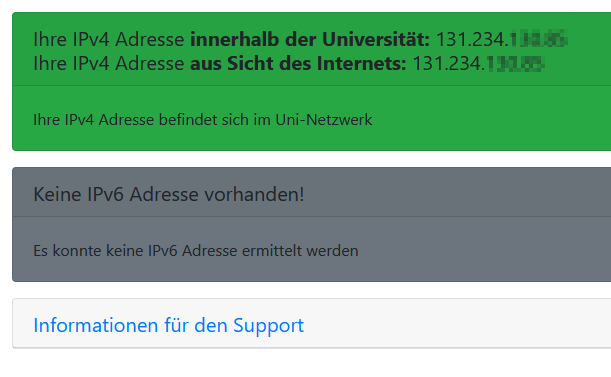VPN (Virtual Private Network) is needed if you want to use services from outside the University of Paderborn that are only accessible within the University network. VPN guarantees secure access to the University network through other networks (dial-in via other providers, external company or university networks).
You need VPN, if you[Bearbeiten | Quelltext bearbeiten]
- want to access licensed databases of the University Library,
- want to access a Network drive/ group storage
- use the green sockets within the university (these are only available via VPN for security reasons)
- use a license server of the university,
- want to access secured pages of the university,
- would like to work with the CMS TYPO3 from home.
You do not need VPN, if you[Bearbeiten | Quelltext bearbeiten]
- want to read your e-mails on webmail,
- want to send e-mails via the IMT mail server (see Mail).
What needs to be done?[Bearbeiten | Quelltext bearbeiten]
- To use OpenVPN, you must first install a personal network certificate. If you use Wi-Fi "eduroam", the certificate is already installed on your computer.
- Install OpenVPN.
- Download the configuration file:
- Place the configuration file "OpenVPN-UPB-NG_*.ovpn"' into the directory "C:/User/<Username>/OpenVPN/config/".
- The Directory is created at the first start of OpenVPN, so it may not exist before
- Connect to the university via OpenVPN
OpenVPN installation[Bearbeiten | Quelltext bearbeiten]
After installing the network certificate, download the current installer from the download page of the OpenVPN website "openvpn-install-xxxx-win10.exe" and open it.
A security warning from the User Account Control may appear first. Click on "Yes".
After the successful installation, the new icon "OpenVPN GUI" appears on your desktop.
configure OpenVPN[Bearbeiten | Quelltext bearbeiten]
Using the OpenVPN configuration for the network of the University of Paderborn[Bearbeiten | Quelltext bearbeiten]
Download the configuration file, select the VPN you want to use in the following box and click on Download. Normally "Uni-VPN (Standard)" should work, but if you have problems with the connection, try "Uni-VPN-TCP".
Place the downloaded file "OpenVPN-UPB-NG_*.ovpn" in the configuration folder under
C:/User/<User name>/OpenVPN/config/
The connection is then automatically added to the OpenVPN GUI.
- "C:" usually refers to the Windows partition.
Start OpenVPN[Bearbeiten | Quelltext bearbeiten]
To run the program, double-click with the left mouse button on the OpenVPN icon on your desktop.
As soon as a green indicator is displayed, you are connected to the local university network. You can check this status by entering
into your browser. Your current IP is displayed and whether you are using the university network or not.
